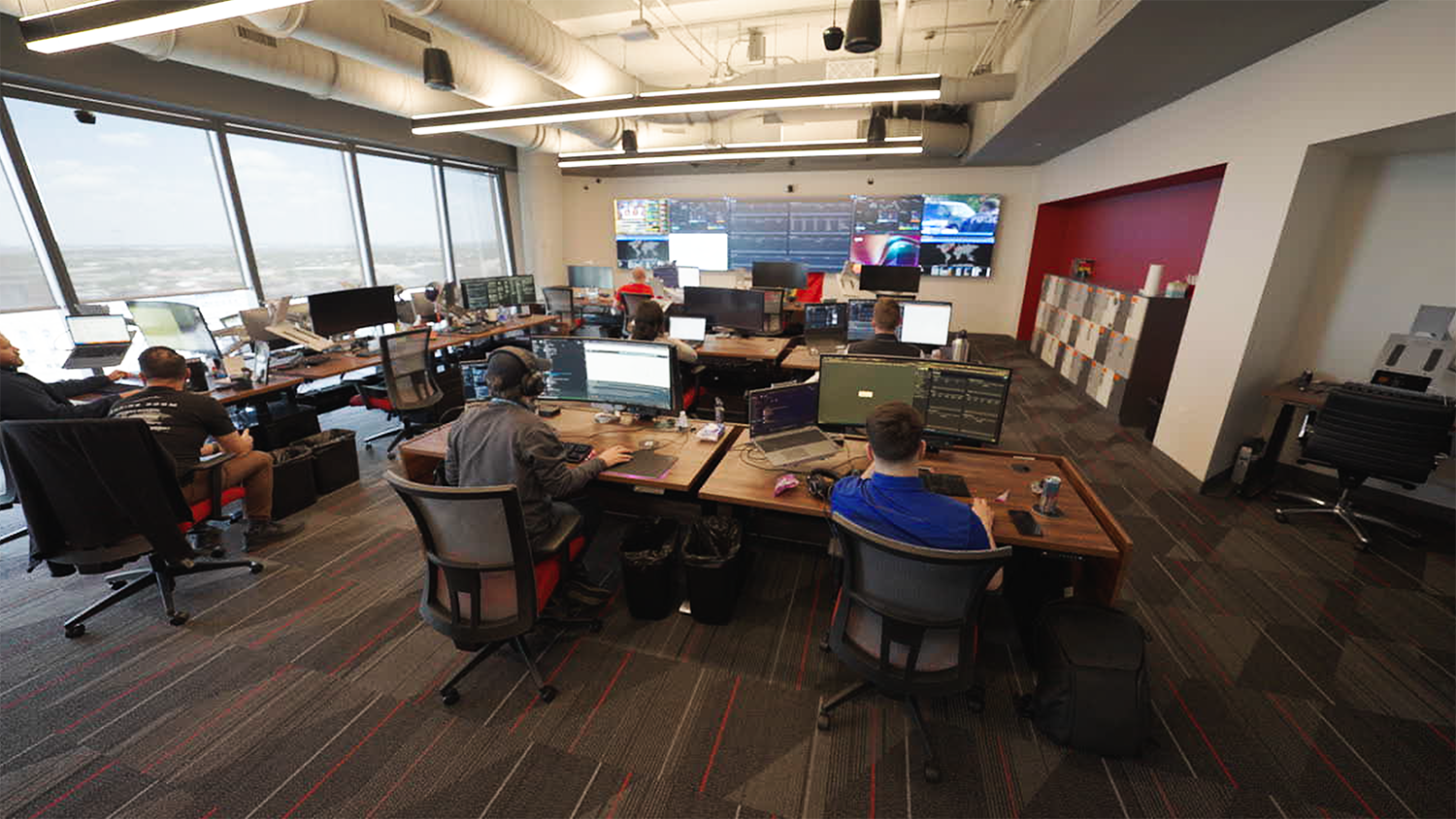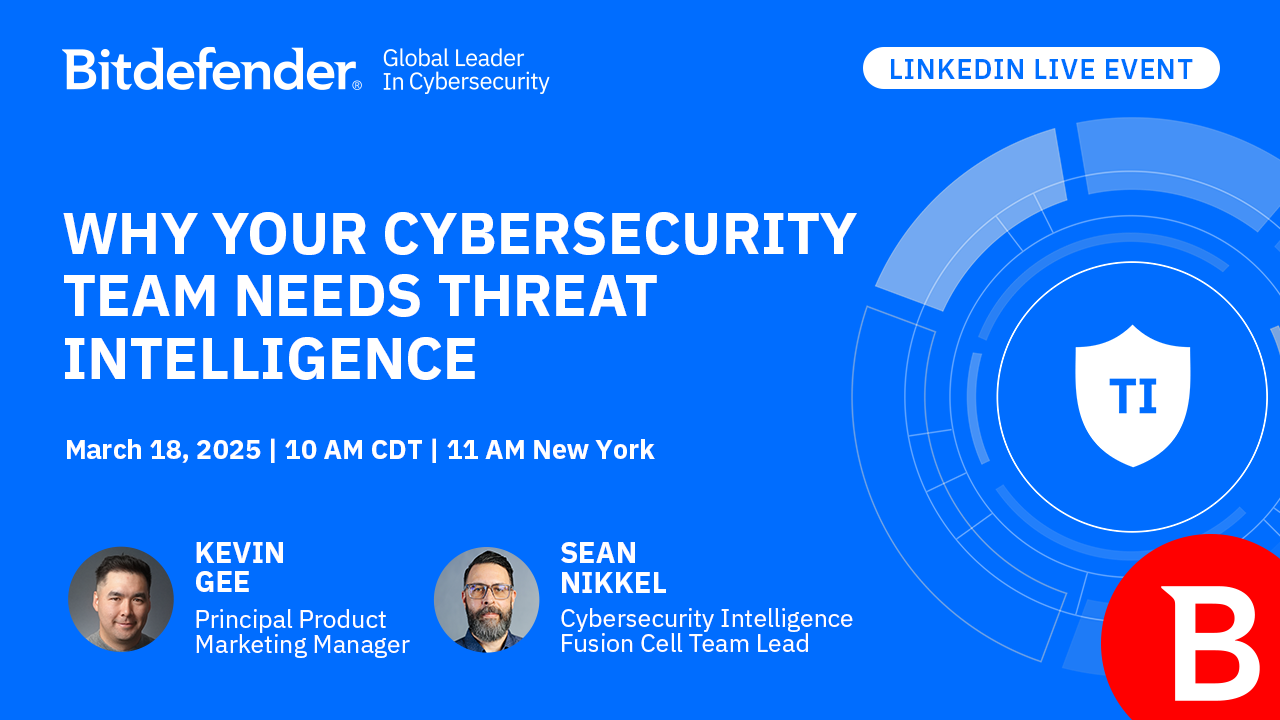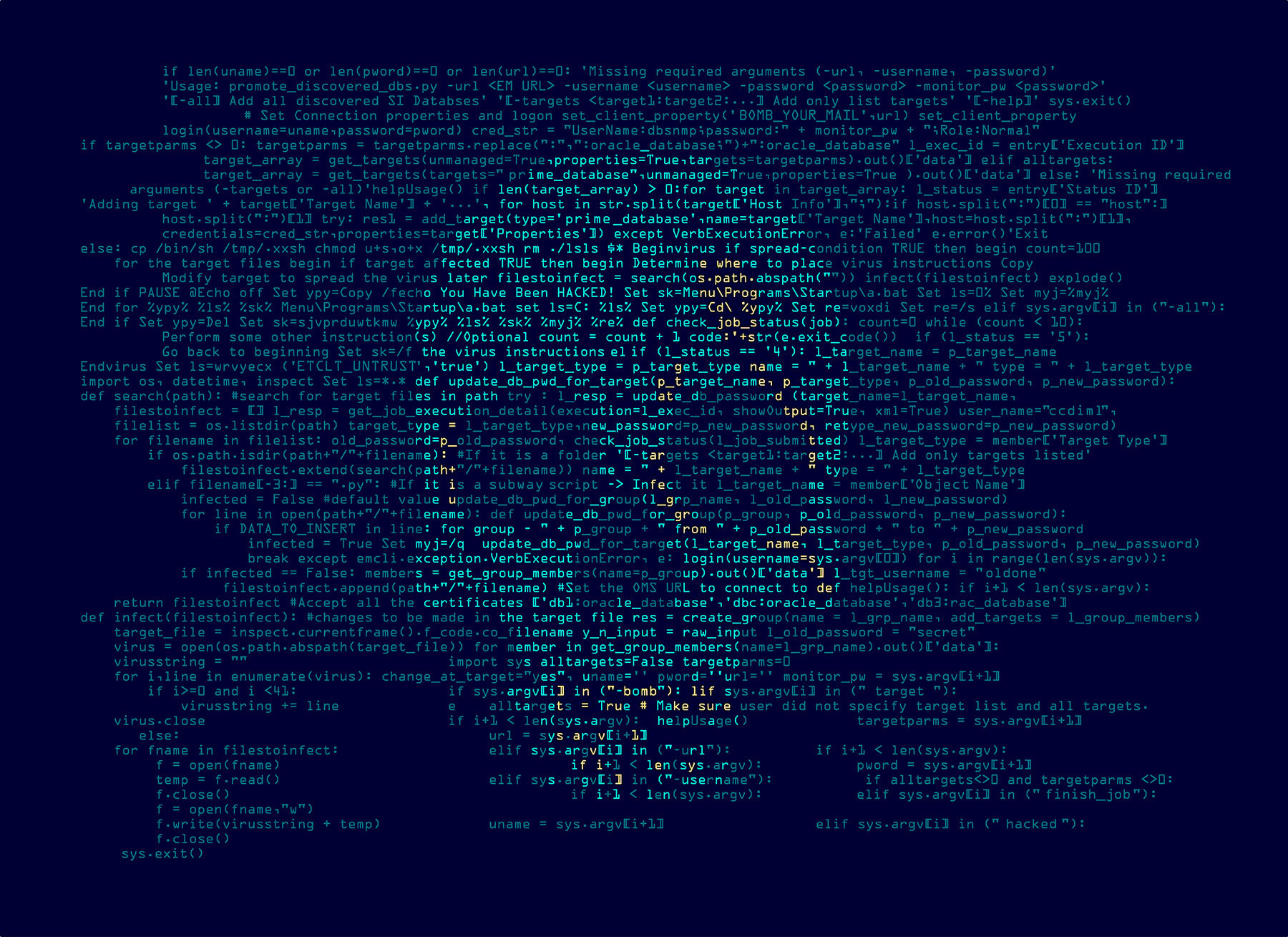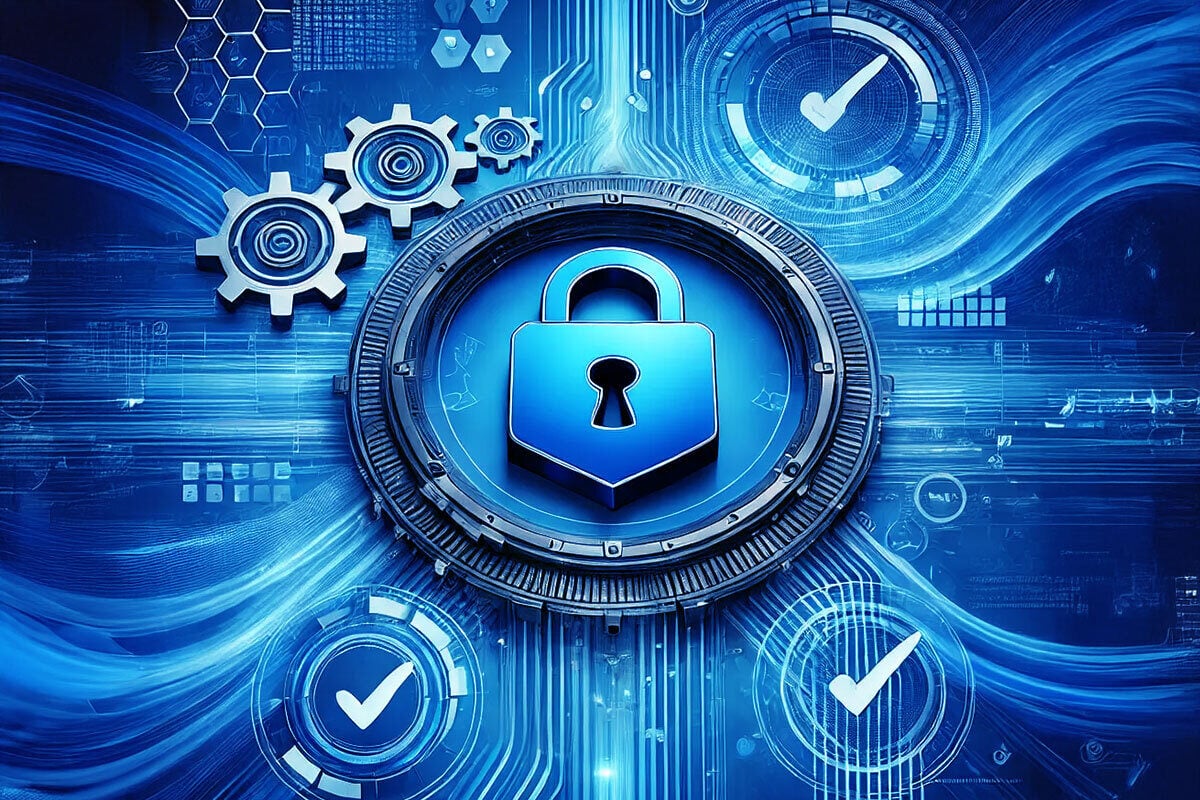Building a Threat Intelligence Team: Roles, Tools, and Strategic Value

Cybersecurity has traditionally been reactive. Detect a threat inside the network? Deploy an effective countermeasure. Get locked out of an application and receive a ransomware demand? Work to regain control over your systems. This never ending back and forth has put security teams on the defensive, always reacting to incidents, events and security risks as they present themselves.
Being proactive in cybersecurity isn’t just a strategy—it’s a necessity. To stay ahead of adversaries, security teams need more than awareness; they require actionable intelligence. This intelligence enables them to anticipate threats, close gaps before they’re exploited, and strengthen defenses to deter attacks before they happen.
A threat intelligence (TI) team plays a crucial role in identifying, analyzing, and responding to evolving cyber threats, but building one requires significant expertise, resources, and coordination. Even if organizations have the resources to build a robust threat intelligence team, why should they? Also, what factors do organizations need to think about when building a successful TI team? We'll look at these questions, below, and then join us on LinkedIn Live as we continue the conversation on this topic.
What It Takes to Build a Threat Intelligence Team
Establishing a successful TI team begins with defining its mission and aligning its capabilities with your organization’s broader security goals. The composition of the team and the tools it uses are critical to ensuring it delivers timely, accurate, and actionable intelligence.
Core Expertise
- Cybersecurity Specialists: Team members with deep knowledge of IT infrastructure and threat landscapes, capable of identifying and mitigating risks.
- Investigative Professionals: Analysts with backgrounds in defense, law enforcement, journalism, or academia who excel at evaluating data, identifying patterns, and constructing evidence-based insights.
- Industry-Specific Experts: Depending on your organization's needs, this might include legal advisors, compliance specialists, or business operations experts.
A successful team doesn’t just monitor threats—it connects them to your business context. For instance, an analyst might link a vulnerability to a specific business-critical application, ensuring mitigation efforts are prioritized appropriately.
Essential Skills
Beyond technical expertise, soft skills are just as crucial. Strong communicators can articulate findings in ways that resonate with leadership and technical teams alike. Problem-solving capabilities help address unexpected challenges, such as sifting through false positives or investigating ambiguous indicators of compromise. The ability to collaborate with cross-functional teams ensures intelligence efforts integrate seamlessly into broader security strategies.
The Right Tools and Frameworks
- Visibility and Context: Extended Detection and Response (XDR) solutions provide oversight across an organization’s environment, collecting and correlating data from various systems and services. This data feeds into a centralized visibility platform like a Security Information and Event Management (SIEM) solution, which provides threat intelligence analysts with a singular, comprehensive view of security events across the organization. This setup enables TI teams to monitor and analyze activity in one central location, streamlining their ability to contextualize threats and prioritize responses.
- External Threat Feeds: Subscribing to third-party threat intelligence feeds can help teams monitor global threat activity and correlate it with internal findings. Free tools like RSS feeds and alerts from security vendors can supplement these efforts.
- Cybersecurity Frameworks: Leveraging frameworks such as MITRE ATT&CK enables teams to map adversarial tactics, identify vulnerabilities, and refine their defenses.
Additionally, automation tools can help teams manage vast volumes of data. Threat intelligence platforms (TIPs), for instance, aggregate and enrich information from multiple sources, enabling faster and more accurate analysis.
The Challenges of Building a Threat Intelligence Team
Constructing a TI team involves navigating a range of challenges:
- Resource Demands: Recruiting the right talent, acquiring necessary tools, and establishing processes can require significant investment—often up to a year and substantial financial resources.
- Integration and Alignment: The TI team must work seamlessly with other departments to ensure intelligence efforts align with organizational priorities and risk management strategies.
- Scalability: As threat landscapes evolve, TI teams must adapt by scaling capabilities, integrating new tools, and continually refining their methodologies.
Even with a capable team in place, maintaining operational effectiveness requires ongoing investment in training, tools, and processes. For organizations with limited resources, these challenges can make the prospect of building a dedicated team daunting.
Is Outsourcing an Option?
While building an in-house threat intelligence (TI) team provides unparalleled alignment with an organization’s unique needs, outsourcing certain capabilities can be a strategic choice. Managed Detection and Response (MDR) providers often include dedicated threat intelligence capabilities as part of their service offerings. These external teams provide specialized expertise, advanced tools, and global visibility that can complement or enhance internal efforts:
- Specialized Expertise: External analysts bring diverse skills and access to intelligence sources that can complement your team’s capabilities.
- Scalable Support: Providers can step in during high-demand periods or assist with complex threat investigations, ensuring your organization remains protected without overextending internal resources.
- Holistic Context: By correlating external intelligence with your organization’s data, these partners can help identify emerging threats and prioritize actions to mitigate risks effectively.
Choosing the right external partner requires careful evaluation of their capabilities and alignment with your security goals. An ideal provider will work as an extension of your team, enhancing—not duplicating—your in-house efforts.
The Path Forward
A well-built threat intelligence team is a cornerstone of proactive cybersecurity, offering the insights needed to anticipate and mitigate risks before they escalate. While building such a team requires time, investment, and expertise, the resulting benefits—stronger defenses, reduced vulnerabilities, and informed decision-making—are well worth the effort.
For organizations seeking additional support, external partnerships can offer complementary capabilities, ensuring comprehensive threat coverage and strategic alignment. By carefully evaluating your resources and goals, you can determine whether building, partnering, or combining both approaches is the right choice for your organization.
tags
Author
Right now Top posts
FOLLOW US ON SOCIAL MEDIA
SUBSCRIBE TO OUR NEWSLETTER
Don’t miss out on exclusive content and exciting announcements!
You might also like
Bookmarks












